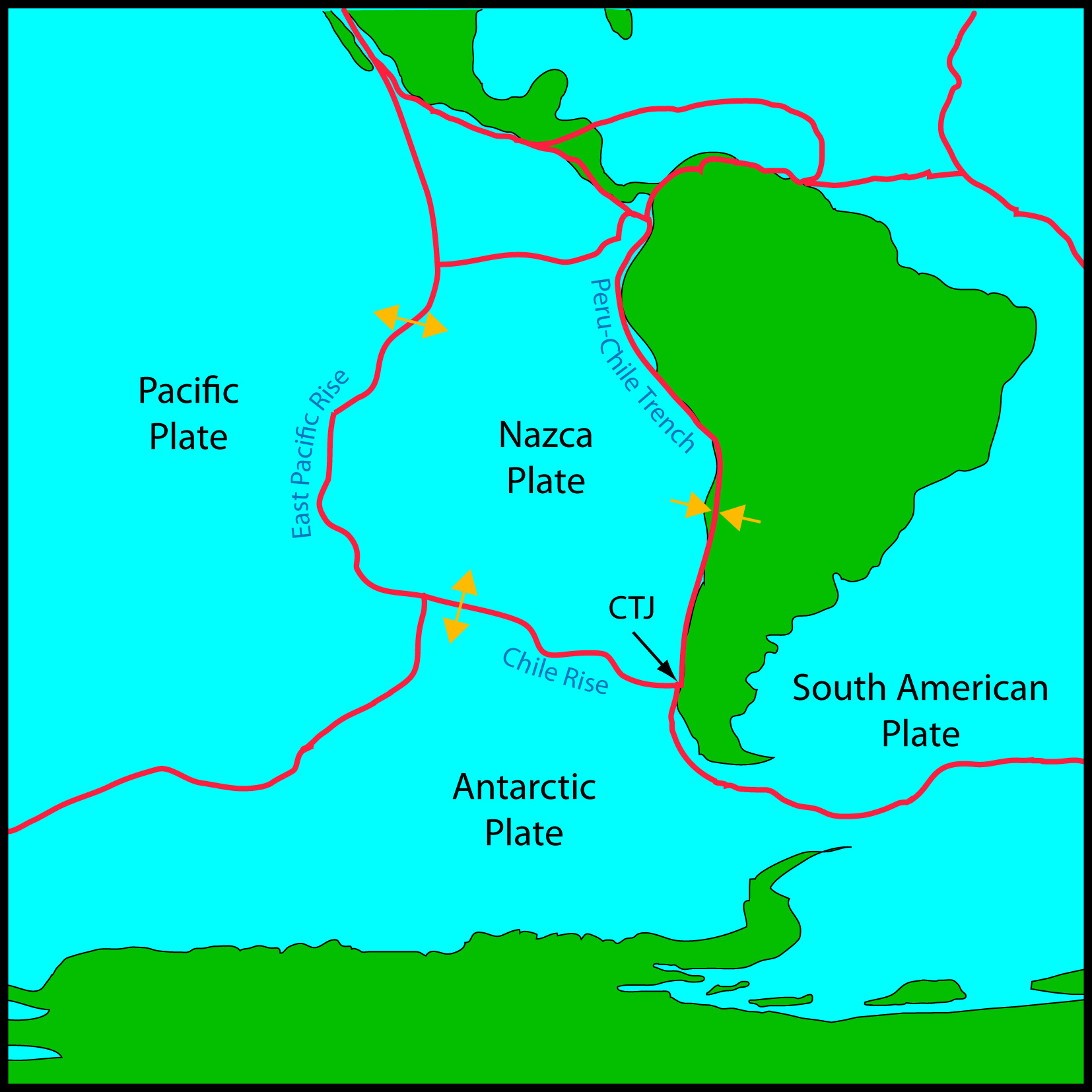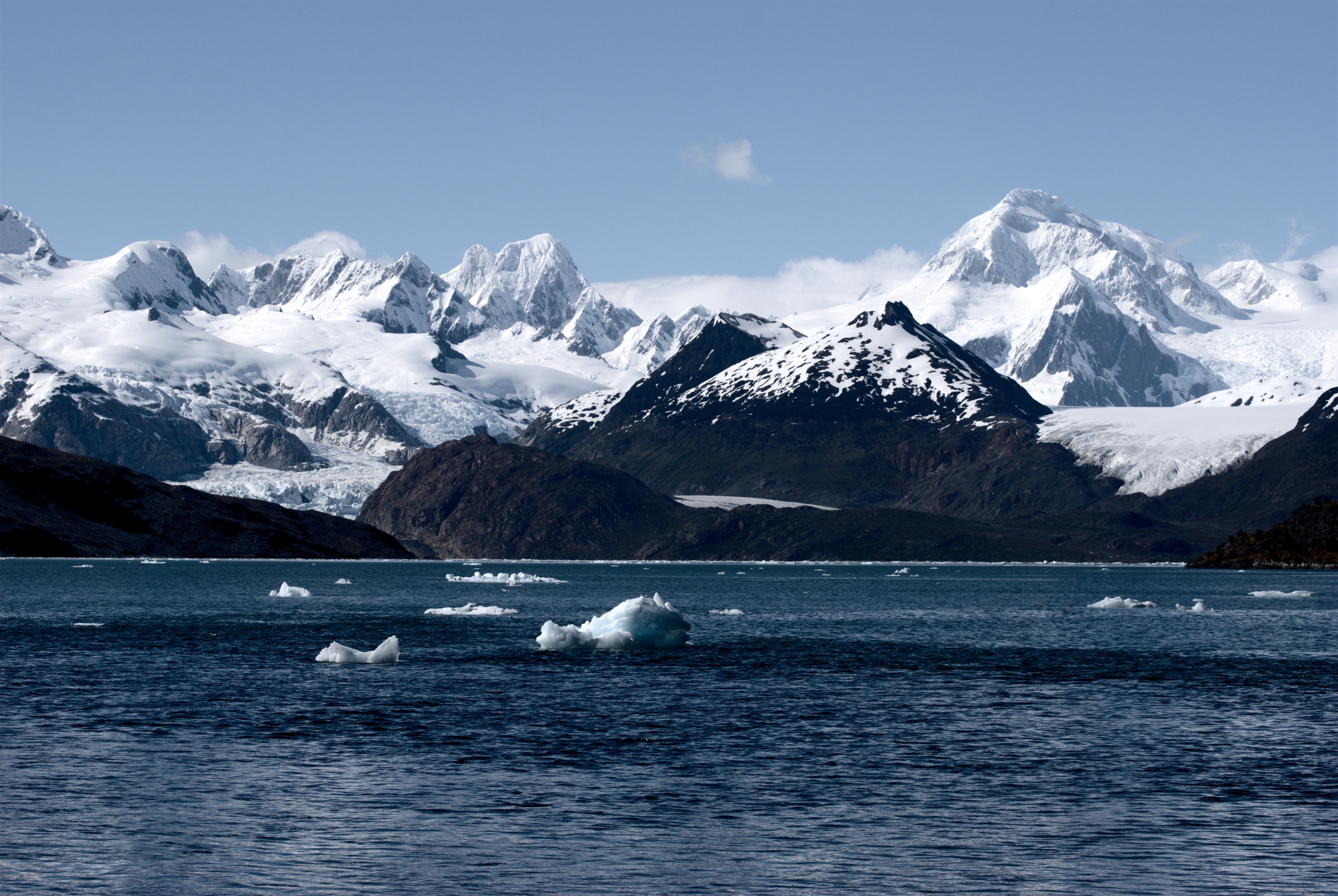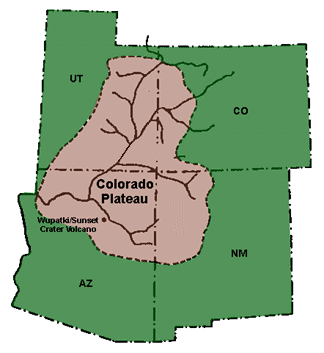|
Dynamic Topography
The term dynamic topography is used in geodynamics to refer the elevation differences caused by the flow within Earth's mantle. Definition In geodynamics, ''dynamic topography'' refers to topography generated by the motion of zones of differing degrees of buoyancy (convection) in Earth's mantle. It is also seen as the residual topography obtained by removing the isostatic contribution from the observed topography (i.e., the topography that cannot be explained by an isostatic equilibrium of the crust or the lithosphere resting on a fluid mantle) and all observed topography due to post-glacial rebound. Elevation differences due to dynamic topography are frequently on the order of a few hundred meters to a couple of kilometers. Large scale surface features due to dynamic topography are mid-ocean ridges and oceanic trenches. Other prominent examples include areas overlying mantle plumes such as the African superswell. For a recent review of observational and modelling constraints ... [...More Info...] [...Related Items...] OR: [Wikipedia] [Google] [Baidu] [Amazon] |
Geodynamics
Geodynamics is a subfield of geophysics dealing with dynamics of the Earth. It applies physics, chemistry and mathematics to the understanding of how mantle convection leads to plate tectonics and geologic phenomena such as seafloor spreading, mountain building, volcanoes, earthquakes, faulting. It also attempts to probe the internal activity by measuring magnetic fields, gravity, and seismic waves, as well as the mineralogy of rocks and their isotopic composition. Methods of geodynamics are also applied to exploration of other planets. Overview Geodynamics is generally concerned with processes that move materials throughout the Earth. In the Earth's interior, movement happens when rocks melt or deform and flow in response to a stress field.Turcotte, D. L. and G. Schubert (2014). "Geodynamics." This deformation may be brittle, elastic, or plastic, depending on the magnitude of the stress and the material's physical properties, especially the stress relaxation time ... [...More Info...] [...Related Items...] OR: [Wikipedia] [Google] [Baidu] [Amazon] |
Geoid
The geoid ( ) is the shape that the ocean surface would take under the influence of the gravity of Earth, including gravitational attraction and Earth's rotation, if other influences such as winds and tides were absent. This surface is extended through the continents (such as might be approximated with very narrow hypothetical canals). According to Carl Friedrich Gauss, who first described it, it is the "mathematical figure of the Earth", a smooth but irregular surface whose shape results from the uneven distribution of mass within and on the surface of Earth. It can be known only through extensive gravitational measurements and calculations. Despite being an important concept for almost 200 years in the history of geodesy and geophysics, it has been defined to high precision only since advances in satellite geodesy in the late 20th century. The geoid is often expressed as a geoid undulation or geoidal height above a given reference ellipsoid, which is a slightly flattene ... [...More Info...] [...Related Items...] OR: [Wikipedia] [Google] [Baidu] [Amazon] |
Slab Window
In geology, a slab window is a gap that forms in a subducted oceanic plate when a mid-ocean ridge meets with a subduction zone and plate divergence at the ridge and convergence at the subduction zone continue, causing the ridge to be subducted.Thorkelson, Derek J., 1996, Subduction of diverging plates and the principles of slab window formation, '' Tectonophysics'', v. 255, p. 47-63 Formation of a slab window produces an area where the crust of the over-riding plate is lacking a rigid lithospheric mantle component and thus is exposed to hot asthenospheric mantle (for a diagram of this, see the link below). This produces anomalous thermal, chemical and physical effects in the mantle that can dramatically change the over-riding plate by interrupting the established tectonic and magmatic regimes. In general, the data used to identify possible slab windows comes from seismic tomography and heat flow studies.van Wijk, J.W., Govers, R., Furlong, K.P., 2001, Three-dimensional thermal ... [...More Info...] [...Related Items...] OR: [Wikipedia] [Google] [Baidu] [Amazon] |
Chile Triple Junction
The Chile triple junction (or Chile margin triple junction) is a geologic triple junction located on the seafloor of the Pacific Ocean off Taitao and Tres Montes Peninsula on the southern coast of Chile. Here three tectonic plates meet: the South American plate, the Nazca plate and the Antarctic plate. This triple junction is unusual in that it consists of a mid-oceanic ridge, the Chile Rise, being subducted under the South American plate at the Peru–Chile Trench. The Chile triple junction is the boundary between the Chilean Rise and the Chilean margin, where the Nazca, Antarctic, and South American plates meet at the trench. Tectonic plate movement The Antarctic plate started to subduct beneath South America 14 million years ago in the Miocene epoch forming the Chile triple junction. At first the Antarctic plate subducted only in the southernmost tip of Patagonia, meaning that the Chile triple junction lay near the Strait of Magellan. As the southern part of Nazca pla ... [...More Info...] [...Related Items...] OR: [Wikipedia] [Google] [Baidu] [Amazon] |
Tectonics (journal)
''Tectonics'' is a peer-reviewed scientific journal of geology focusing on tectonics. It is published by the American Geophysical Union in collaboration with the European Geosciences Union. The journal is edited by John Geissman (University of Texas at Dallas), Laurent Jolivet ( Institut des Sciences de la Terre de Paris), Nathan Niemi (University of Michigan) and Taylor Schildgen (University of Potsdam). Abtrascting and indexing The journal is abstracted and indexed in the following bibliographic databases: According to the ''Journal Citation Reports'', the journal has a 2017 impact factor The impact factor (IF) or journal impact factor (JIF) of an academic journal is a type of journal ranking. Journals with higher impact factor values are considered more prestigious or important within their field. The Impact Factor of a journa ... of 3.58. References External links * Academic journals established in 1982 English-language journals Geology journals American G ... [...More Info...] [...Related Items...] OR: [Wikipedia] [Google] [Baidu] [Amazon] |
Geomorphology (journal)
''Geomorphology'' is a peer-reviewed scientific journal about geomorphology Geomorphology () is the scientific study of the origin and evolution of topographic and bathymetric features generated by physical, chemical or biological processes operating at or near Earth's surface. Geomorphologists seek to understand wh .... External links * Elsevier academic journals English-language journals Geomorphology journals {{Geomorphology-journal-stub ... [...More Info...] [...Related Items...] OR: [Wikipedia] [Google] [Baidu] [Amazon] |
Quaternary
The Quaternary ( ) is the current and most recent of the three periods of the Cenozoic Era in the geologic time scale of the International Commission on Stratigraphy (ICS), as well as the current and most recent of the twelve periods of the Phanerozoic eon. It follows the Neogene Period and spans from 2.58 million years ago to the present. The Quaternary Period is divided into two epochs: the Pleistocene (2.58 million years ago to 11.7 thousand years ago) and the Holocene (11.7 thousand years ago to today); a proposed third epoch, the Anthropocene, was rejected in 2024 by IUGS, the governing body of the ICS. The Quaternary is typically defined by the Quaternary glaciation, the cyclic growth and decay of continental ice sheets related to the Milankovitch cycles and the associated climate and environmental changes that they caused. Research history In 1759 Giovanni Arduino proposed that the geological strata of northern Italy could be divided into four succ ... [...More Info...] [...Related Items...] OR: [Wikipedia] [Google] [Baidu] [Amazon] |
Regression (geology)
A marine regression is a geological process occurring when areas of submerged seafloor are exposed during a drop in sea level. The opposite event, marine transgression, occurs when flooding from the sea covers previously-exposed land. Description According to one hypothesis, regressions may be linked to a "slowdown in sea-floor spreading, leading to a generalized drop in sea level (as the mid-ocean ridges would take up less space)...." That view considers major marine regressions to be one aspect of a normal variation in rates of plate tectonic activity, which leads to major episodes of global volcanism like the Siberian Traps and the Deccan Traps, which in turn cause large extinction events. Evidence of marine regressions and transgressions occurs throughout the fossil record, and the fluctuations are thought to have caused or contributed to several mass extinctions, such as the Permian–Triassic extinction event (250 million years ago, Ma) and Cretaceous–Paleogene extinctio ... [...More Info...] [...Related Items...] OR: [Wikipedia] [Google] [Baidu] [Amazon] |
Transgression (geology)
A marine transgression is a geologic event where sea level rises relative to the land and the shoreline moves toward higher ground, resulting in flooding. Transgressions can be caused by the land sinking or by the ocean basins filling with water or decreasing in capacity. Transgressions and regressions may be caused by tectonic events like orogenies, severe climate change such as ice ages or isostatic adjustments following removal of ice or sediment load. During the Cretaceous, seafloor spreading created a relatively shallow Atlantic basin at the expense of a deeper Pacific basin. That reduced the world's ocean basin capacity and caused a rise in sea level worldwide. As a result of the sea level rise, the oceans transgressed completely across the central portion of North America and created the Western Interior Seaway from the Gulf of Mexico to the Arctic Ocean. The opposite of transgression is regression where the sea level falls relative to the land and exposes the former s ... [...More Info...] [...Related Items...] OR: [Wikipedia] [Google] [Baidu] [Amazon] |
Miocene
The Miocene ( ) is the first epoch (geology), geological epoch of the Neogene Period and extends from about (Ma). The Miocene was named by Scottish geologist Charles Lyell; the name comes from the Greek words (', "less") and (', "new") and means "less recent" because it has 18% fewer modern marine invertebrates than the Pliocene has. The Miocene followed the Oligocene and preceded the Pliocene. As Earth went from the Oligocene through the Miocene and into the Pliocene, the climate slowly cooled towards a series of ice ages. The Miocene boundaries are not marked by distinct global events but by regionally defined transitions from the warmer Oligocene to the cooler Pliocene Epoch. During the Early Miocene, Afro-Arabia collided with Eurasia, severing the connection between the Mediterranean and Indian Oceans, and allowing the interchange of fauna between Eurasia and Africa, including the dispersal of proboscideans and Ape, hominoids into Eurasia. During the late Miocene, the conn ... [...More Info...] [...Related Items...] OR: [Wikipedia] [Google] [Baidu] [Amazon] |
Patagonia
Patagonia () is a geographical region that includes parts of Argentina and Chile at the southern end of South America. The region includes the southern section of the Andes mountain chain with lakes, fjords, temperate rainforests, and glaciers in the west and Patagonian Desert, deserts, Plateaus, tablelands, and steppes to the east. Patagonia is bounded by the Pacific Ocean on the west, the Atlantic Ocean to the east, and many bodies of water that connect them, such as the Strait of Magellan, the Beagle Channel, and the Drake Passage to the south. The northern limit of the region is not precisely defined; the Colorado River, Argentina, Colorado and Barrancas River, Barrancas rivers, which run from the Andes to the Atlantic, are commonly considered the northern limit of Argentine Patagonia. The archipelago of Tierra del Fuego is sometimes considered part of Patagonia. Most geographers and historians locate the northern limit of Chilean Patagonia at Huincul Fault, in Araucanía R ... [...More Info...] [...Related Items...] OR: [Wikipedia] [Google] [Baidu] [Amazon] |
Colorado Plateau
The Colorado Plateau is a physiographic and desert region of the Intermontane Plateaus, roughly centered on the Four Corners region of the Southwestern United States. This plateau covers an area of 336,700 km2 (130,000 mi2) within western Colorado, northwestern New Mexico, southern and eastern Utah, northern Arizona, and a tiny fraction in the extreme southeast of Nevada. About 90% of the area is drained by the Colorado River and its main tributaries: the Green, San Juan, and Little Colorado. Most of the remainder of the plateau is drained by the Rio Grande and its tributaries. The Colorado Plateau is largely made up of high desert, with scattered areas of forests. In the south-west corner of the Colorado Plateau, nicknamed High Country, lies the Grand Canyon of the Colorado River. Much of the Plateau's landscape is related to the Grand Canyon in both appearance and geologic history. The nickname "Red Rock Country" suggests the brightly colored rock left bare to t ... [...More Info...] [...Related Items...] OR: [Wikipedia] [Google] [Baidu] [Amazon] |








